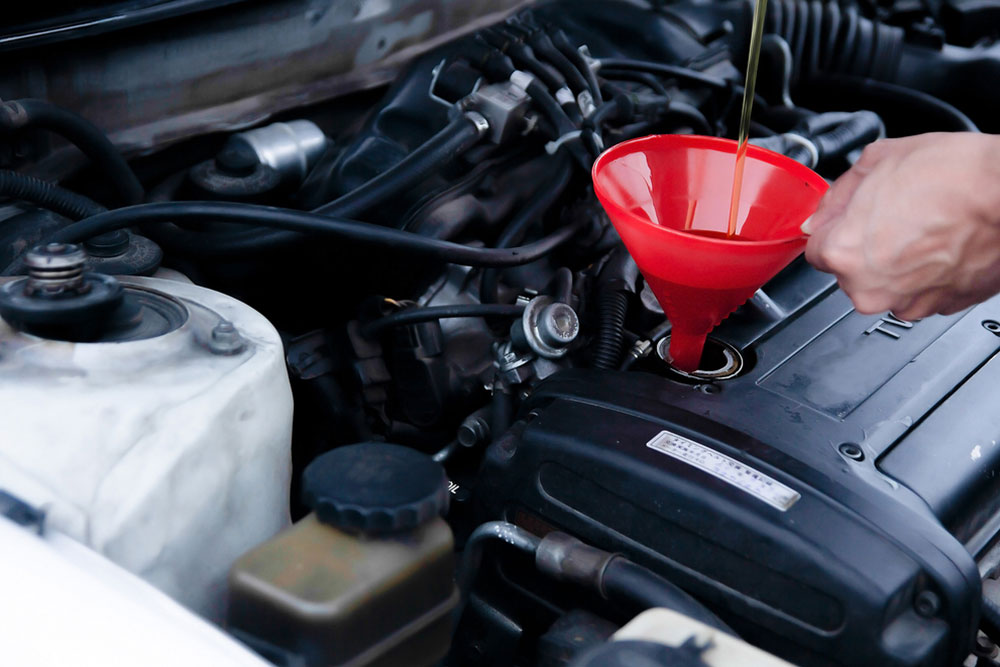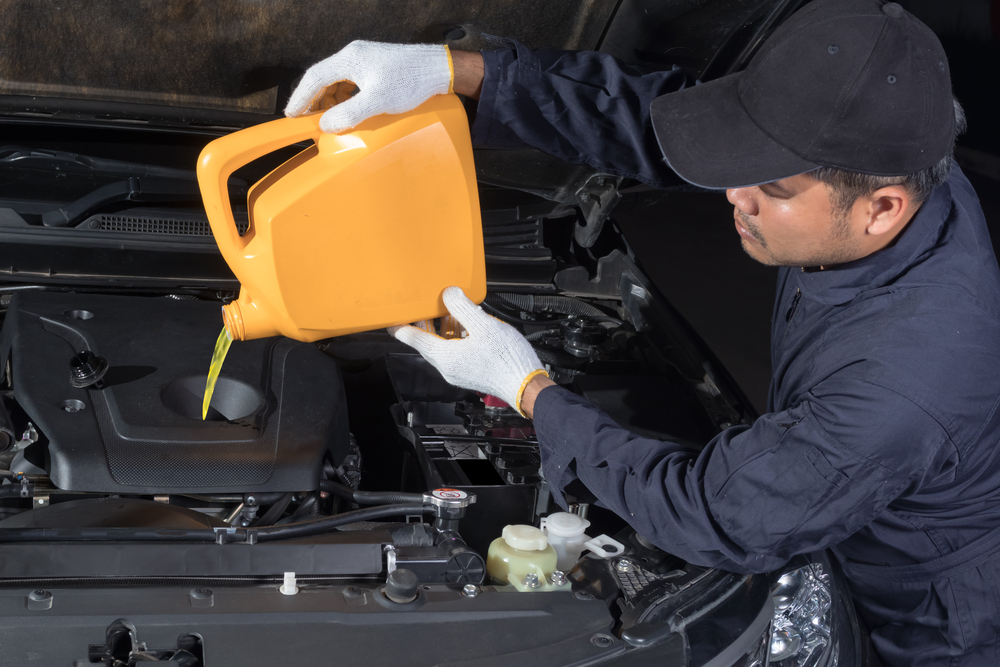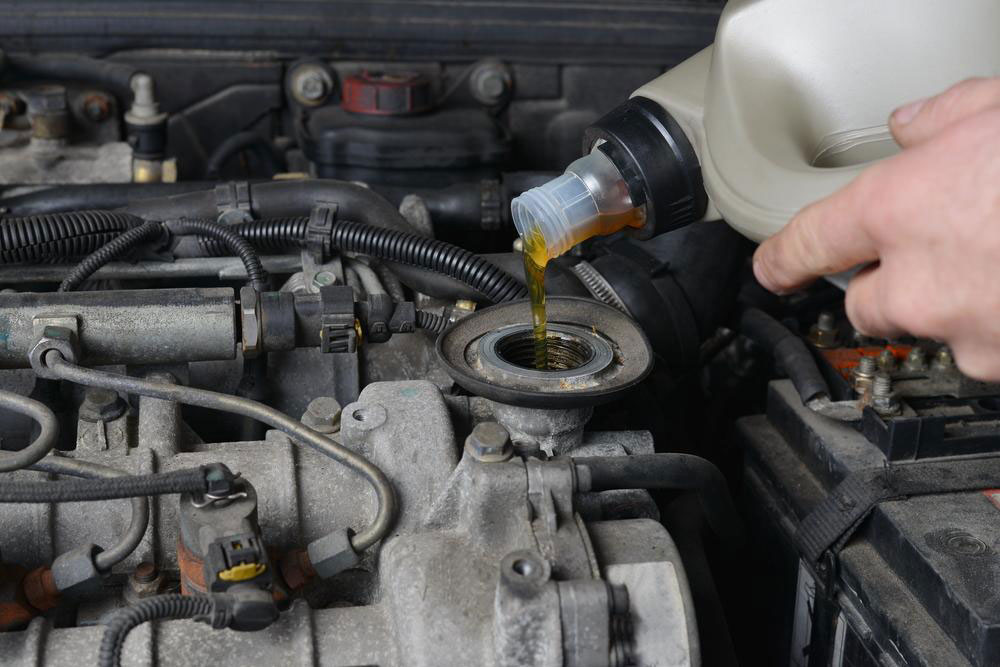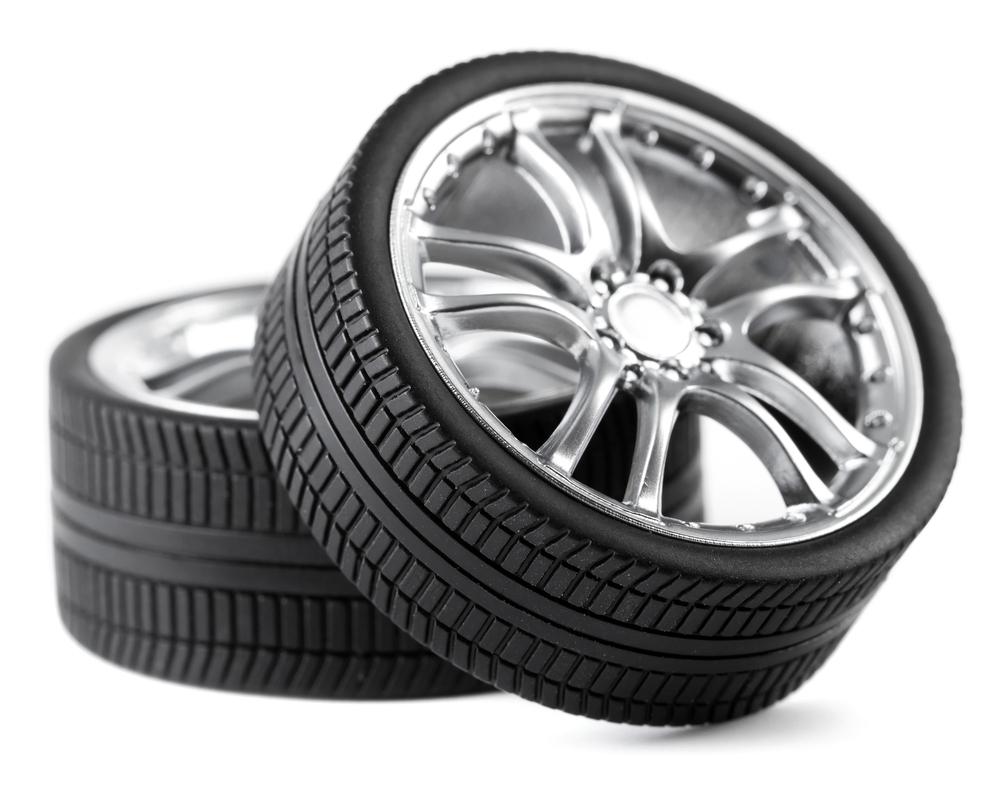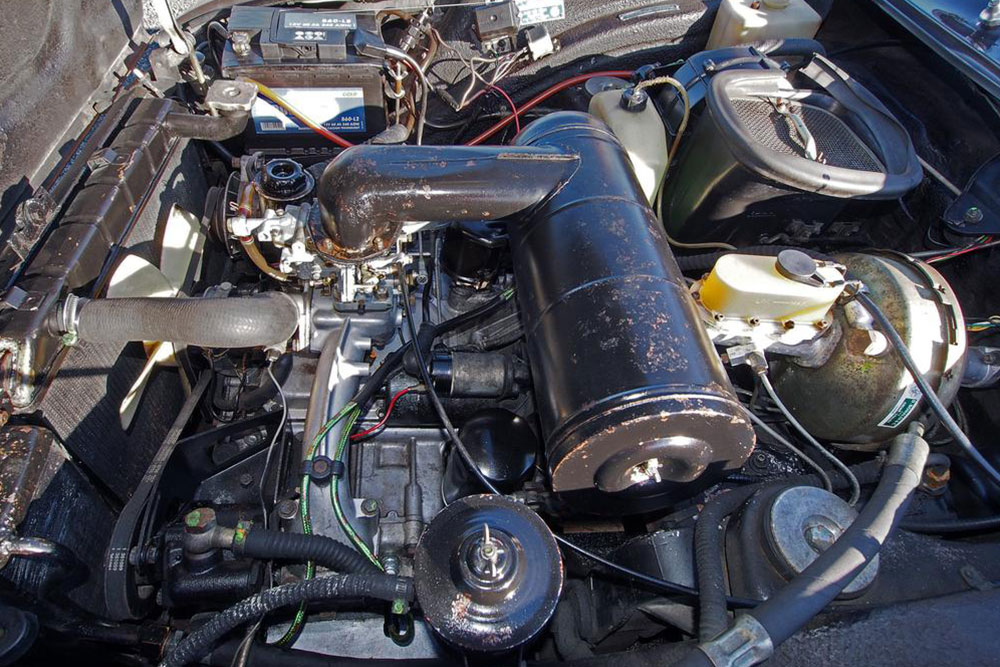Top 5 Common Mistakes to Steer Clear of When Changing Engine Oil
Learn about the top five mistakes to avoid during engine oil changes. From choosing the correct oil to replacing filters and maintaining proper oil levels, this guide helps you keep your vehicle running smoothly. Follow expert tips to prevent costly engine damage and ensure optimal performance with proper maintenance practices.
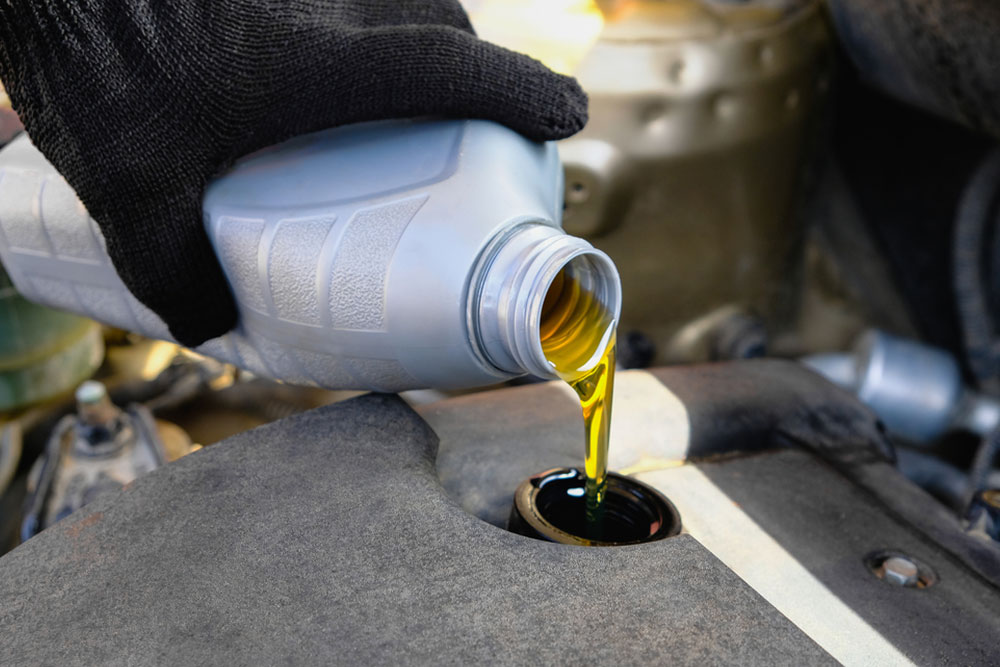
Performing your own engine oil change can be economical and satisfying, but it’s essential to avoid certain mistakes that could harm your vehicle. Incorrect procedures or overlooked steps may lead to costly repairs. Here are five frequent errors made during oil changes and tips to prevent them.
Selecting Incorrect Engine Oil
Engine oil's primary role is to lubricate moving parts and reduce wear. It also helps generate hydraulic pressure necessary for engine operation. Choosing the wrong oil type or viscosity can cause engine damage. Always consult your vehicle's manual to select the proper oil grade—synthetic or conventional—appropriate for your engine.
Neglecting Oil Change Schedule
Forgetting or miscalculating when to change the oil can result in engine issues. Keep a record of mileage or date since the last oil change. Regularly scheduled oil replacements ensure optimal engine health and performance.
Using the Wrong Oil Filter
The oil filter plays a vital role in trapping dirt and preventing oil leaks. Using an incompatible or poorly fitted filter may lead to leaks and engine damage. Always choose high-quality filters recommended by your vehicle manufacturer.
Overfilling or Underfilling Oil
Proper oil level is crucial. Underfilling causes inadequate lubrication, increasing friction and wear. Overfilling leads to foaming, reduced hydraulic pressure, and potential leaks. Use a flat surface to accurately fill to the specified level.
Neglecting O-ring Replacement
Always replace the O-ring during filter changes. Worn or damaged O-rings can cause oil leaks and compromise sealing integrity, risking engine damage.
Note:
Our blog offers a range of useful articles across various topics. While we aim to provide accurate and helpful information, readers should verify details and consult professionals when necessary. We disclaim responsibility for discrepancies or errors in other sources or for missing out on specific deals or schemes.


